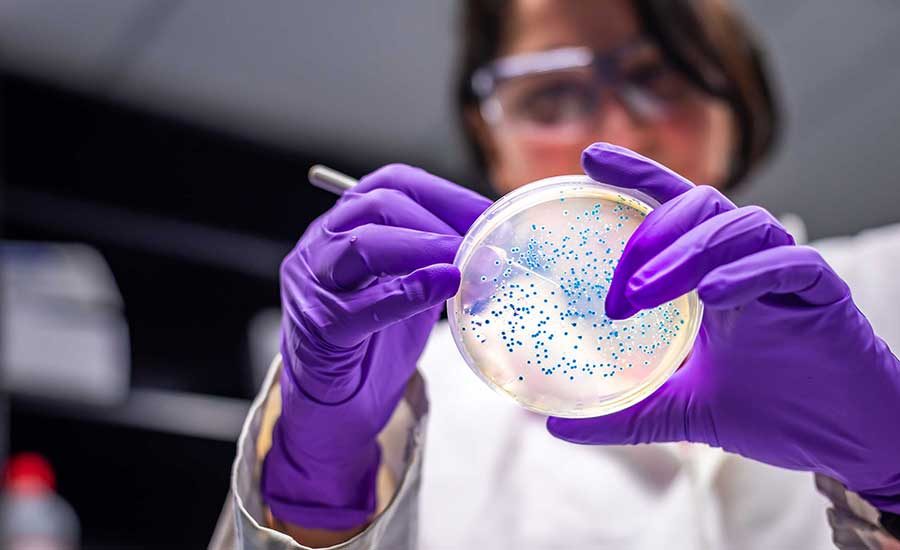Bob Ferguson wrote in Food Safety magazine that there has been substantial growth in the development and use of rapid methods since their introduction in the past 25 years. When these methods were first introduced, they were initially intended for use by food processors in their in-plant laboratories. Over the past decade, with the increase in outsourcing due to concerns for cross-contamination from pathogen samples, fewer and fewer food companies have in-house microbiology laboratories. Most companies are saying that they no longer have a microbiology lab, or, if they do, it does not have capabilities for pathogen analysis since these tests are outsourced. Other outsourcing drivers include client requirements, the need for validation, and the requirement for ISO 17025 accreditation. In general, most of the companies in our survey indicated that tests with a turnaround time of less than 24 hours would be "useful," and tests with an 8 hour or less turnaround time would be "nice to have." Very few respondents indicated that a faster test would be advantageous. An analytical test with, for example, results available in 4 hours does not help much if no one can receive and report those results repeatedly. In plant testing will focus on environmental testing. These tests will need to be fast and easy to use. The RMM tests will need to have proven credibility and accuracy. @ https://www.food-safety.com/articles/9398-rapid-testing-methodsthe-future
Rapid Testing Methods—the future
No comments

